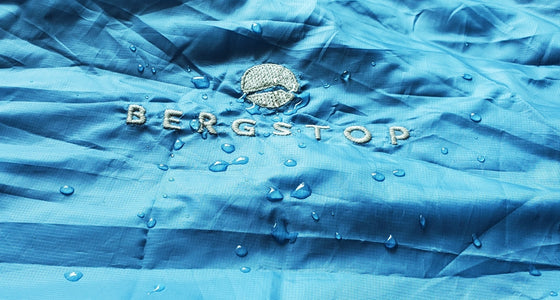How to care for your Liner

A sleeping liner is mandatory in mountain huts and hostels, for better hygiene. Our SilkLiner and MicroLiner offer even more, with the arms and bottom opening they keep you free to move. You sleep comfortably with your arms unconstrained and the hood protects you from draft or rough pillow cases. Before or after sleeping you can tie it up and walk around the hut, chill out in the common area after changing the hiking clothes and even use it as a bathrobe after shower.
Care instructions
Our liners are robust and easy to care for. We recommend a quick hand wash to make them last even longer but they can be machine washed at 30° C without problems.
The MicroLiner is made of sturdy polyester microfibre and can be washed with any washing powder for coloured fabric.
The SilkLiner is made of strong ripstop-silk but being thinner and lighter a more gentle procedure will enhance its longevity. As detergent we recommend liquid ones suited for silk and 100% soluble in water. Do not use detergent based on alkaline as it could harm the silk material.
If you wash the SilkLiner in the machine, you should use a net bag to avoid it being teared or wrapped around other laundry in the drum.
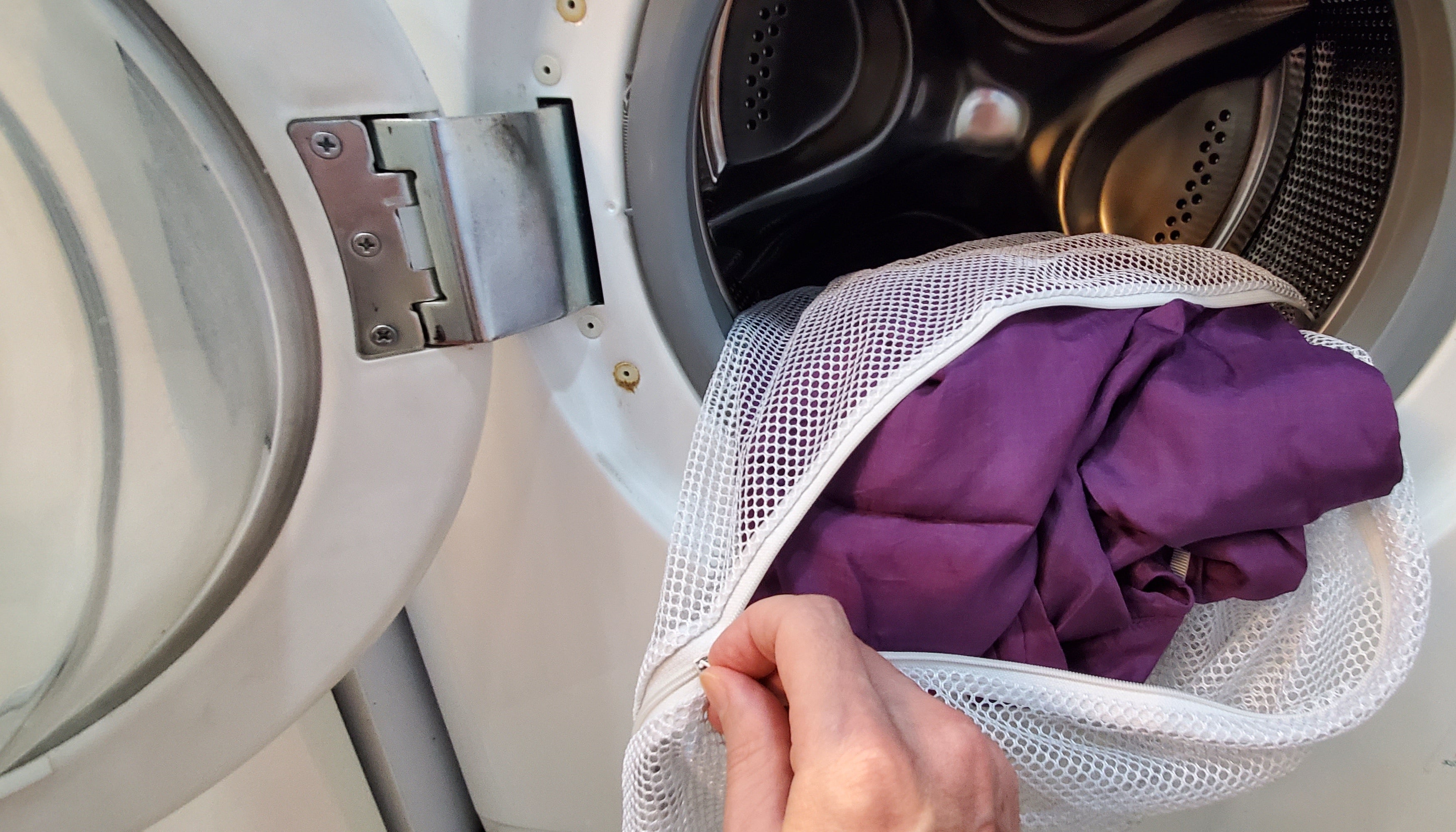
Do not tumble it dry, especially not the SilkLiner as it tends to make it electrostatic and crumple and cling together. Remove them from the machine still slightly wet and let them dry on a rack or line in an airy place, avoiding direct sunlight.
During the trip
On a longer trip or if the liner got dirty for some reason you may want to wash it on the go. The quick drying material makes it easy to hand wash it in a sink or a bucket. You can use a travel soap, best if bio-degradable and soak the liner in some lukewarm water. Thoroughly rise it with cold water and press out excess water at the end. Do not wring the material. Dry it in the air, we sometimes even hang it over our backpack while hiking and in the evening it will be dry again.
We even heard of some huts that require to microwave the liners for protection against bedbugs! Our liners can stand this for 30 seconds, but we recommend removing the stopper at the bottom opening. It has a small metal spring inside that may overheat and melt the plastic.
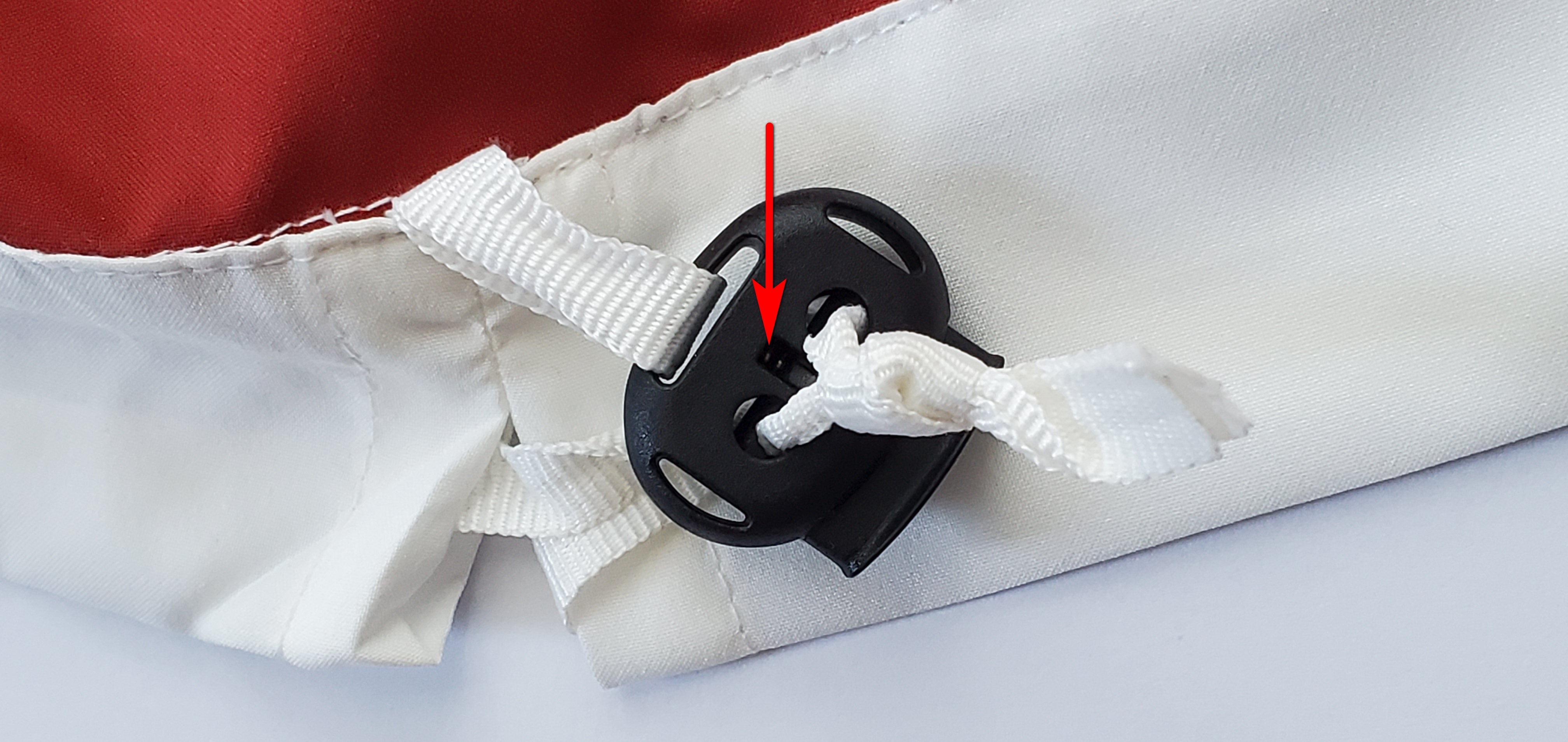
Storage
Once back home, with the liner washed and dried, it is best to store it loosely wrapped up in the closet, instead of keeping it packed in its pocket. This way it will be less wrinkled next time you use it.
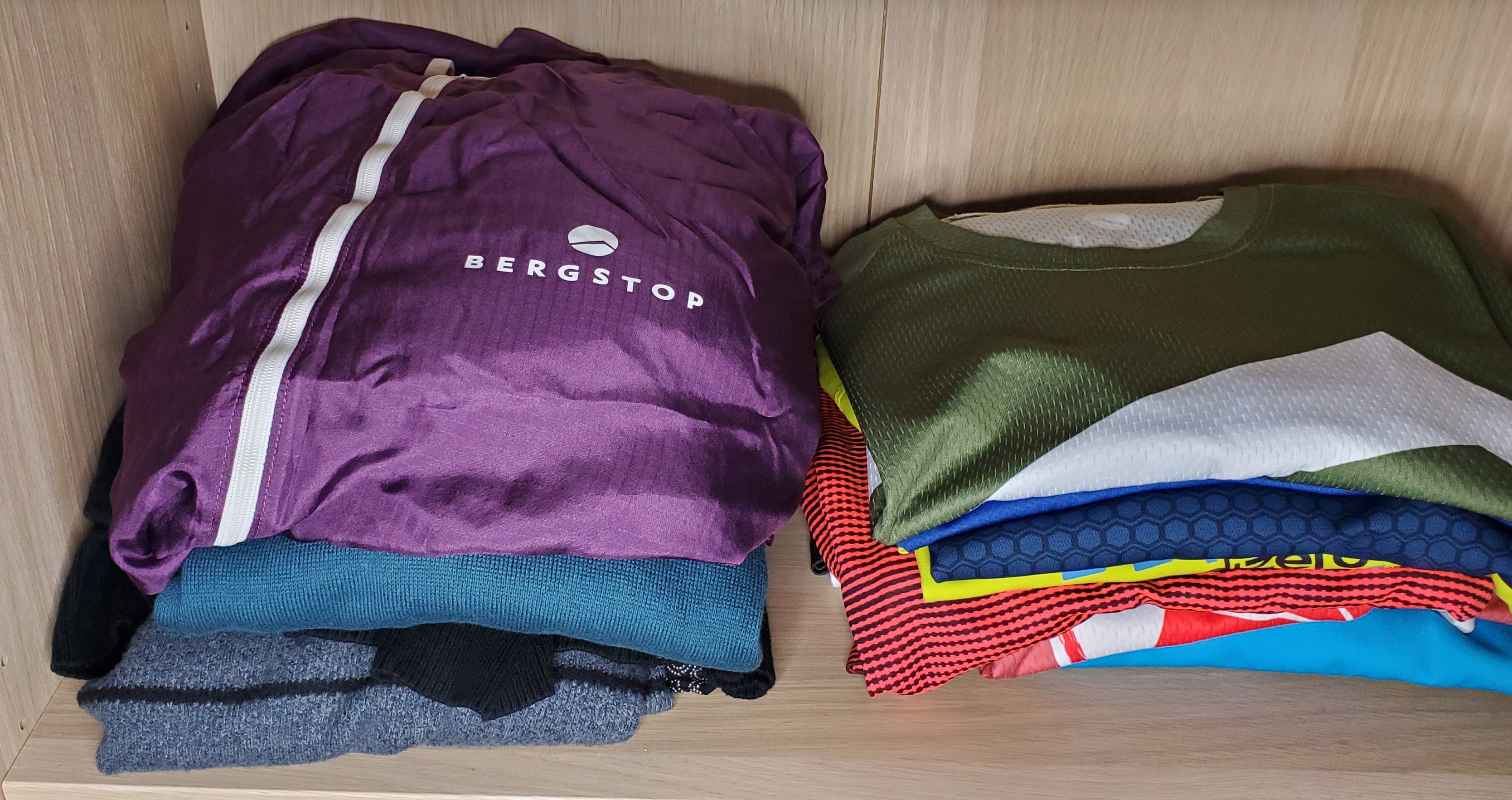
For easy packing during the trip, the pocket of the liner doubles as packsack, having the advantage that it never can get lost. After getting used to the best way to fold it into the pocket, it takes just a minute to pack it up. See how easy it is in our video here:
However, if you are in a hurry in the morning, there is also a quick method to pack up, which we show in the video on our YouTube channel, but remember later to take it out and repack it nicely if you want to avoid too many wrinkles.
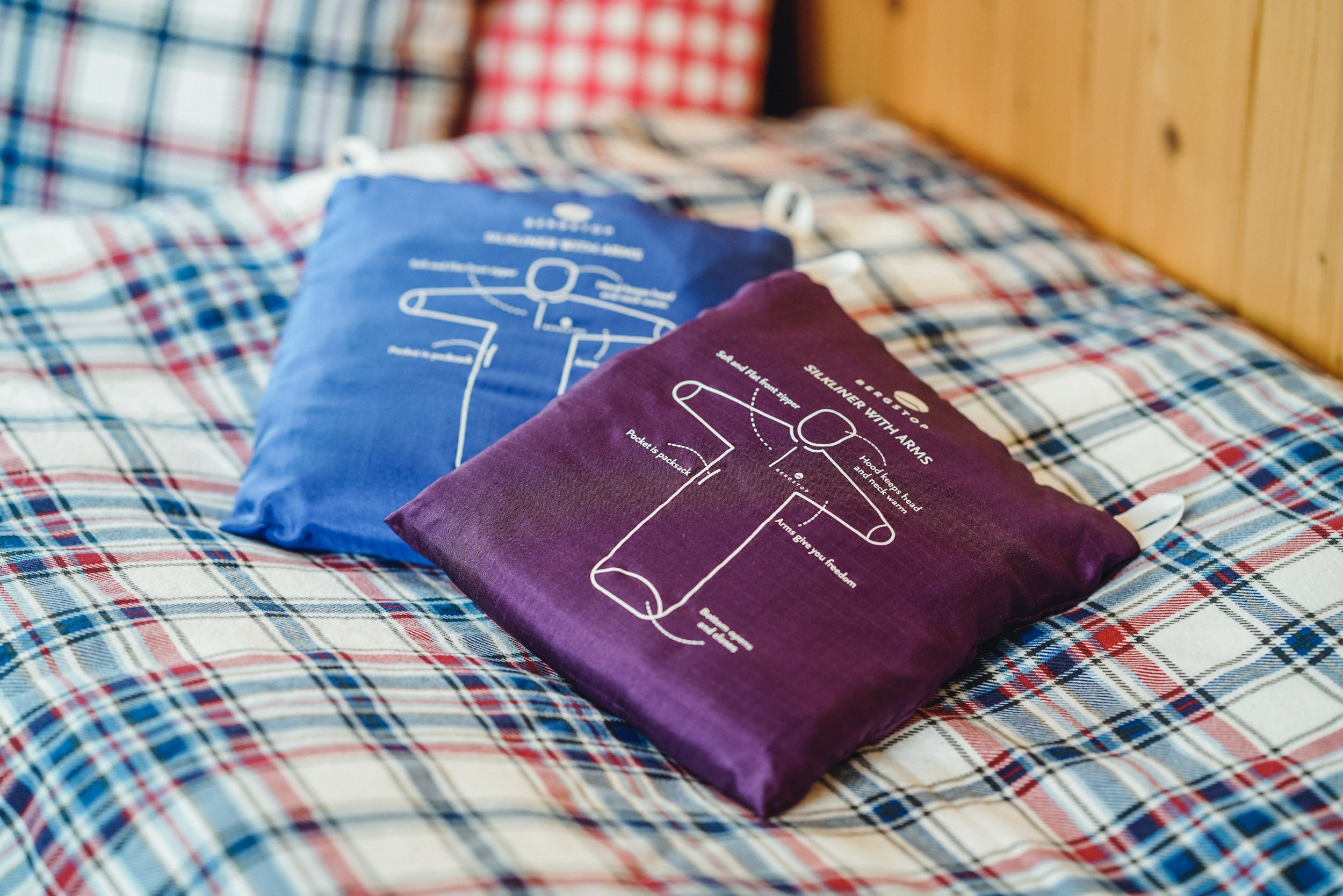
Also in News
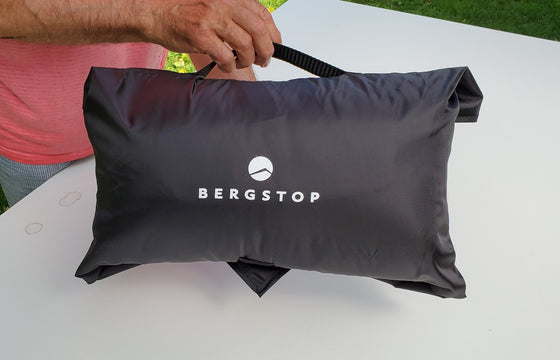
RollSack - innovative packsack for sleeping bags
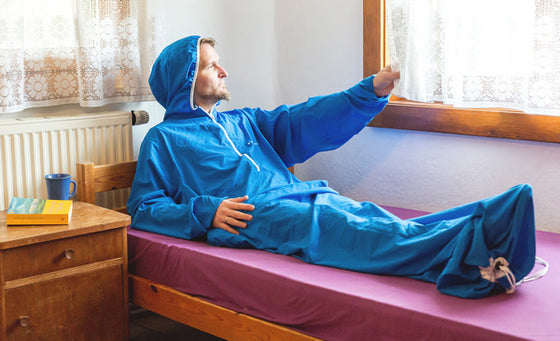
Was ist ein Huettenschlafsack?
Klar, ein Hüttenschlafsack ist ein Sack um in Hütten zu schlafen. Aber was zählt als Hüttenschlafsack? Das erklären wir hier in diesem Blogbeitrag.
